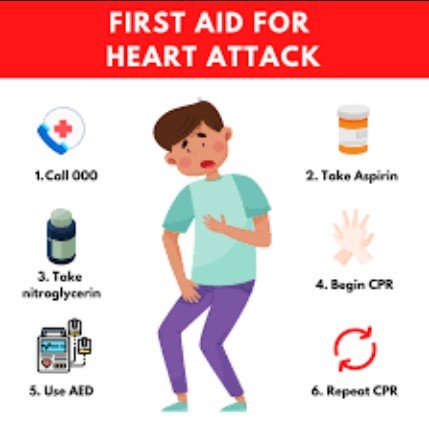The coronavirus has been slowly taking the entire world under its wrath. The germs of corona can spread from one human to another or surface to humans, thus controlling this virus is turning huge trouble for the world. Thus virus has also let people check any surface before touching it.
To control the surface spread of this deadly virus, scientists at University College London have been using their knowledge and technology-based tools to come up with a solution that can easily destroy those pesky germs of the corona.
They are trying to develop a new light oriented antibacterial surface coating containing small clusters of chemically modified gold embedded in a polymer with crystal violet dye that has some dynamic antibacterial and antifungal properties. This combination of products will create a bacteria-killing hydrogen peroxide that is commonly found in the washing powders, cleaning disinfectants and other regular cleaning supplies.
However, these researchers aren’t first to make a surface like this. But, the approach used by these scientists to develop a germ-killing surface based on light is completely different and unique. While explaining the abstract of their work, they have shared some important pointers on their work.
Scientists said that the emergence of antibiotic-resistant bacteria is a major concern for modern medical practices. Photo bacterial components have gained significant attention to destroy the bacteria and they need to be studied throughout. But, to study the photo bacteria components and their properties, high intensity of white light source or ultraviolet activated sources are generally required.
In the previous approaches, the high intensity of white light sources or UV activated light is required, but they are trying to focus on the new approach where they can activate the surface coating through the low-intensity lights of any kind. That means your indoor lights can be used to kill the germs. This approach is by far the most useful and promising approach to implement this theory.
One of the professors involved in the project, Ivan Parkin said that they are looking forward to using this coating for medical devices such as catheters, medical tubes and other highly touchable surfaces in the hospitals. This coating can be used commercially as well, on devices like phone covers and keyboards – this is one of the useful ways to use it.
It is demonstrated by the team that the light-reactive coating works against almost all the different types of bacteria. In the lab testing, the scientists used their special surface coating to kill germs like E, coli and S. aureus bacteria with the aid of just 312 lux, approximately the amount of light you’d need to illuminate a town hall.
As compared to another coating, it only requires at least 3000 lux in order to function properly. The scientists involved in the project said that they are coordinating with different companies to develop this project on a commercial scale. However, the commercialization of the project is still a couple of years ahead.







